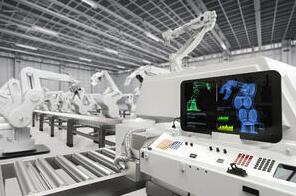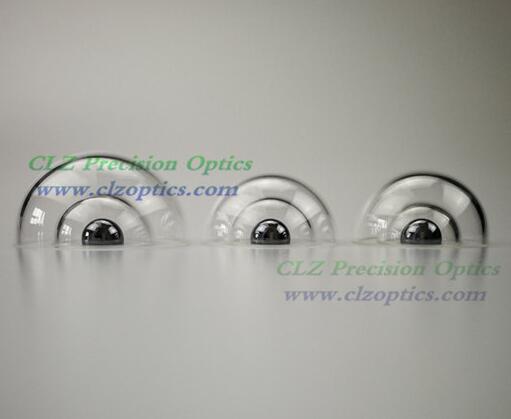Optical Components for Machine Vision
Dec. 24, 2021
Machine vision is a technology that enables automated devices to "see." Machine vision systems combine optics and mechanics to create tools that can adjust optics in real-time to perform inspections and aid robotic systems. In our increasingly automated world, machine vision has become an essential component in manufacturing, farming, robotics, and many other areas. Quality optical components are critical to the function of machine vision systems. Optical systems for machine vision may involve high-quality fixed focal length lenses, telecentric, or adjustable lens systems (zoom or liquid lenses).
Machine Vision Applications
Machine vision has been adopted in many areas; it is particularly useful in large-scale manufacturing or agriculture where automation can produce enormous savings. A few examples of machine vision applications are:
Quality Control
Machine vision has become an integral part of quality control systems for many manufacturers. For products that are produced by the thousands, human inspection can be costly. A machine vision system integrated along an assembly line can image products individually and use software to ensure that quality standards are maintained. If faulty items are identified, they can be flagged and removed.
Agriculture
Machine vision is now involved in many stages of farming, including pest and weed identification, grading and sorting of crops, growth monitoring, and robotic harvesting. Advancements in software make it possible to identify insects and plants from a simple image. This software can be coupled with a machine vision system to automatically image and identify insects and weeds. Additionally, plant growth and quality can be readily monitored to optimize harvesting.
Robotics
As robots become increasingly autonomous, they become more dependent on built-in vision systems rather than communication from an external controller. While some robots perform just fine without a vision system, other robots require robust and complex machine vision systems. Machine vision is essential for robots designed for inventory inspections on factory floors, produce harvesting, and packaging.

Optical Components of Machine Vision
Most machine vision applications use high-quality, fixed focal length lenses. To accommodate movement, these lenses are mounted to adjustable mechanical parts. Telecentric lenses are especially useful since they provide the same magnification at all displacements. This is important for sizing applications as magnification variations can cause apparent sizing variations for traditional lenses. The high-quality, low-distortion imaging provided by telecentric lenses make them a favorite in machine vision applications.
Machine vision applications that require real-time focal length adjustments can utilize zoom lenses and liquid lenses. Zoom lenses adjust focal length by mechanically varying the lens separation in a multi-lens system. Liquid lenses, as the name suggests, are composed of an optical fluid that can change curvature in response to an applied electrical signal. Controlling the radius of curvature of the optical fluid allows for variations in focal length. An advantage of liquid lenses is the electrical control, which allows for very fast response times; adjustments can be made on millisecond time scales.
The optical requirements for a machine vision system depend on the chosen application. For assembly line inspections that examine objects within a narrow range of distances, an optical component such as a telecentric lens may be ideal. For robotics or applications that require operation at a wide variety of focal lengths, an adjustable component like a zoom lens or a liquid lens may be ideal. Consulting with an expert optical engineer can help you choose the best solution for your system.





















